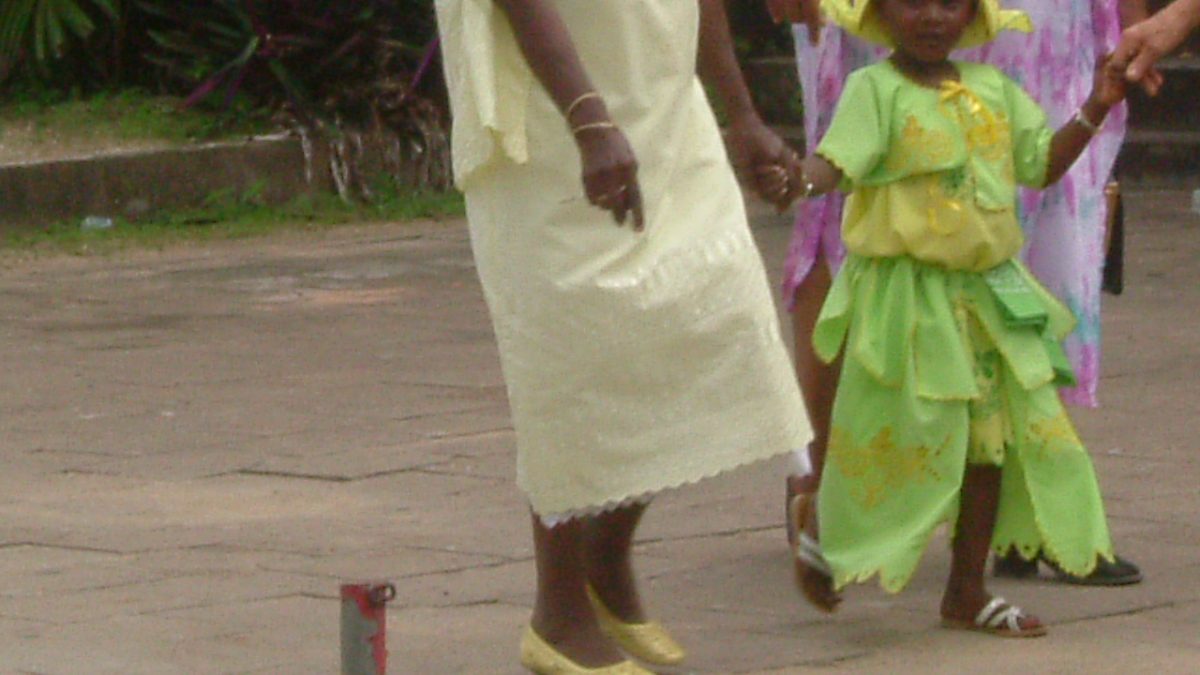Day of Freedom’s

On Juli 1863,
In the then Dutch colonies of Suriname and the Netherlands Antilles, a period of 200 years of slavery ended on 1 July 1863.
This historical day became a national holiday for Surinamese.. The name Emancipation Day ‘Manspasi’,. ‘Keti Koti’ to commemorate and celebrate the abolition of slavery comes from Sranantongo and means ‘Broken Chains’. Also known as ‘Day of Freedom’ and ‘Chain Cutting’
Over the years there have been differing opinions as to what the day should be called and the city Creoles were not happy with the new name because it robbed them of their own authentic Ketie Kotie Dee. The Javanese and Hindustani saw in the new name the dexterity of the Creoles to impose their day of freedom on the other population groups.
And the Maroons held that they had fought for their freedom long before July 1, 1863, and that July 1 could not be a memorable day for them. Everyone uses the name that suits them best. Hence the multitude of names.” But officially the name has been established by law as “Day of Freedoms”.
Forty-five years after slavery was banned, about 40,000 (African) slaves were released. However, they had to continue doing the heavy work on the plantations for another ten years, even if it was for a fee
A statue was unveiled in Paramaribo in 1963 on the occasion of 100 years of Keti Koti. This statue represents Kwakoe, a runaway (and captured) slave who became the symbol of the urge for freedom. In the African tradition, it is customary for children to bear the name of the day they are born. In particular, male offspring born on Wednesday were given the name Kwakoe. Because July 1, 1863 fell on a Wednesday, the statue was given the name Kwakoe.
